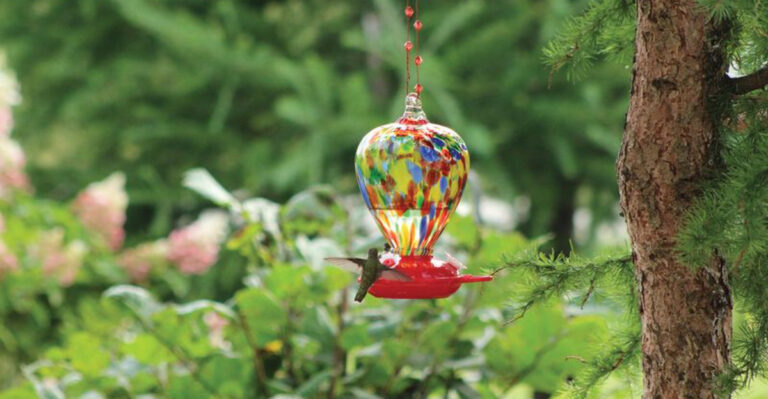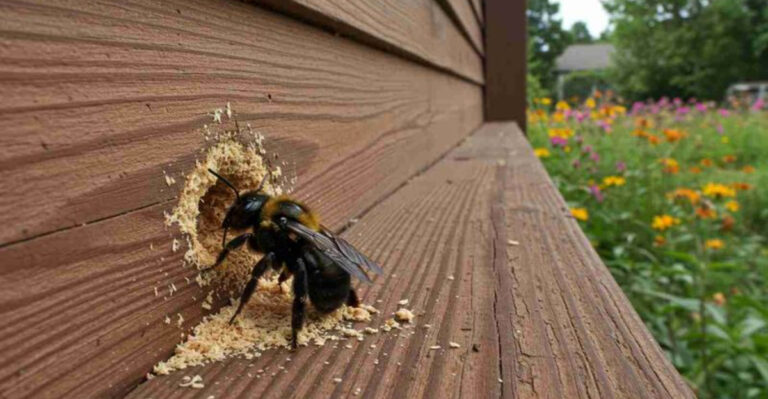12 Shortest-Lived Animals In The Wild
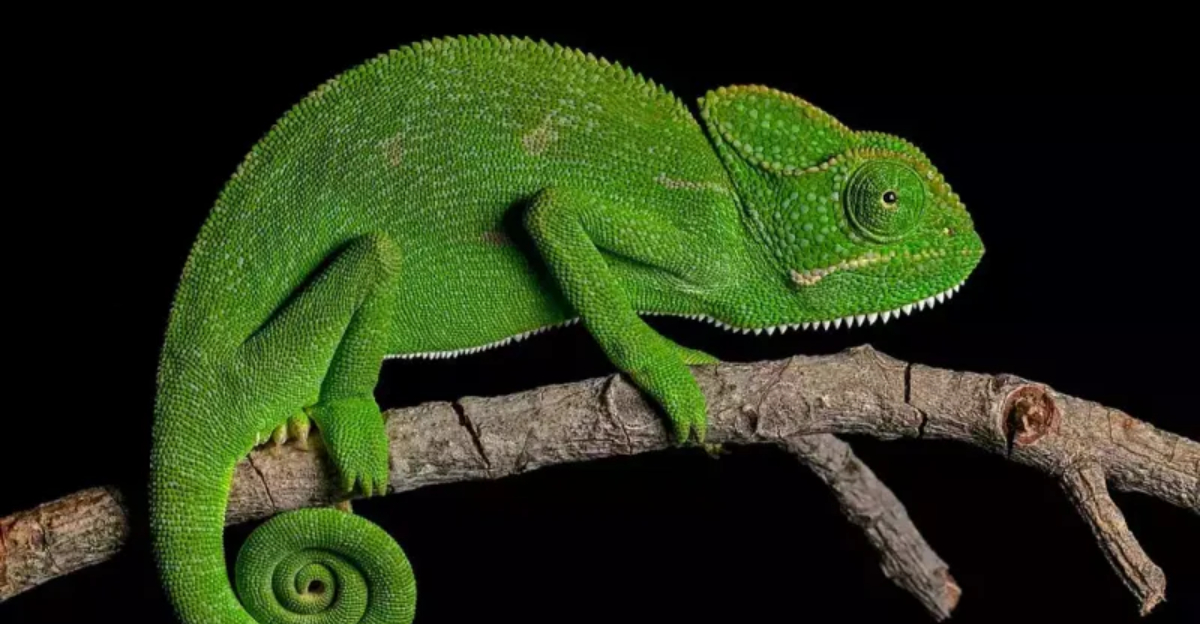
In the animal kingdom, some creatures live for decades, while others burn bright and fast, with lifespans lasting only hours or days.
Curious about these quick-lived marvels? Get ready to be amazed by these incredible creatures who pack a lifetime of action into just a flash!
1. Mosquitofish
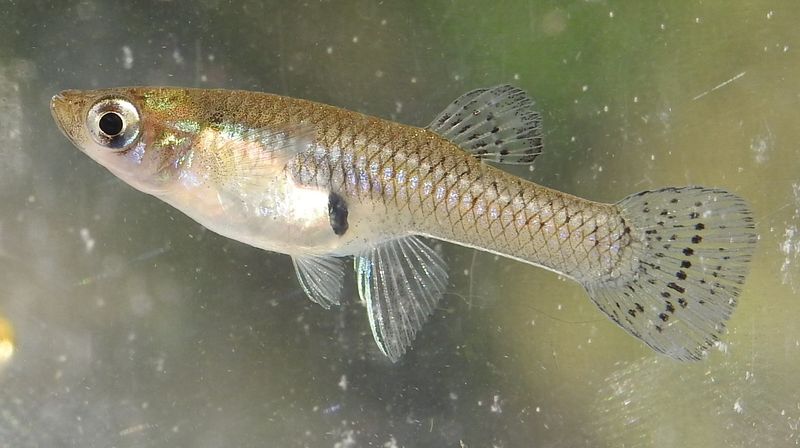
Mosquitofish
The mosquitofish, a small freshwater species, is known for its brief life, lasting just one to two years. These fish are champions of adaptability, often found in environments from ponds to stagnant pools. Female mosquitofish can produce live young multiple times a season, ensuring their quick life cycle continues.
Despite their short lifespan, mosquitofish play a vital role in controlling mosquito populations, making them indispensable in many ecosystems. Their diet primarily consists of mosquito larvae, which helps limit the spread of mosquito-borne diseases. This tiny fish certainly makes a big impact in a short time.
2. House Mouse

House mice are small mammals with a lifespan of just around one year in the wild, but they make up for it with rapid reproduction.
They can have several litters a year, each with many offspring, allowing their populations to thrive in tough environments. D
espite facing predators and harsh weather, their adaptability helps them survive in diverse habitats. Often seen as pests in human homes, they also play a crucial role in ecosystems as prey for larger animals.
Widely used in scientific research, house mice help us understand genetics and human biology through their quick life cycles.
3. Common Shrew
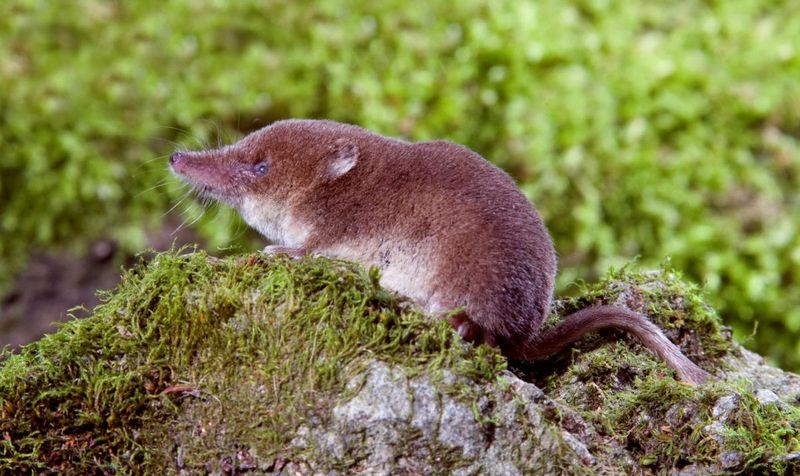
The common shrew is a small mammal found across Europe and parts of Asia. Despite its rapid metabolism, allowing it to consume its body weight in food daily, it typically lives just over a year.
This short lifespan is impacted by its energetic lifestyle, which demands constant foraging and activity.
As a critical part of the food chain, common shrews help control insect populations and are prey for larger animals.
Their brief existence underscores the relentless cycle of life and death in the natural world, highlighting the interconnectedness of ecosystems.
4. Mayfly
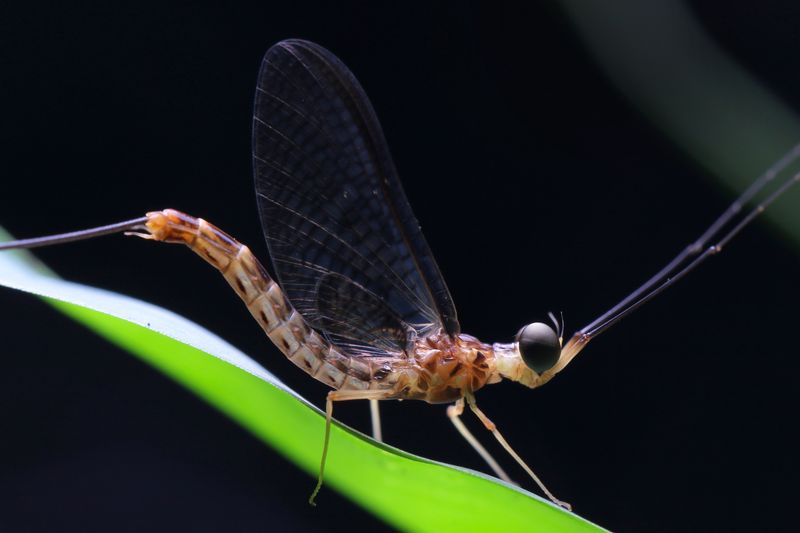
Mayflies are known for their incredibly short adult lives, which last only a few hours to a day. Most of their lives are spent underwater as nymphs, sometimes for up to a year, making their brief adulthood a stark contrast.
During this fleeting time, mayflies are crucial food sources for fish and birds, with their massive swarms creating a feast for predators.
They don’t eat as adults—only focusing on mating and reproduction. After laying thousands of eggs, they die, completing their cycle and ensuring the survival of their species.
Their short life reminds us of the beauty and purpose found even in the briefest moments.
5. Chameleon
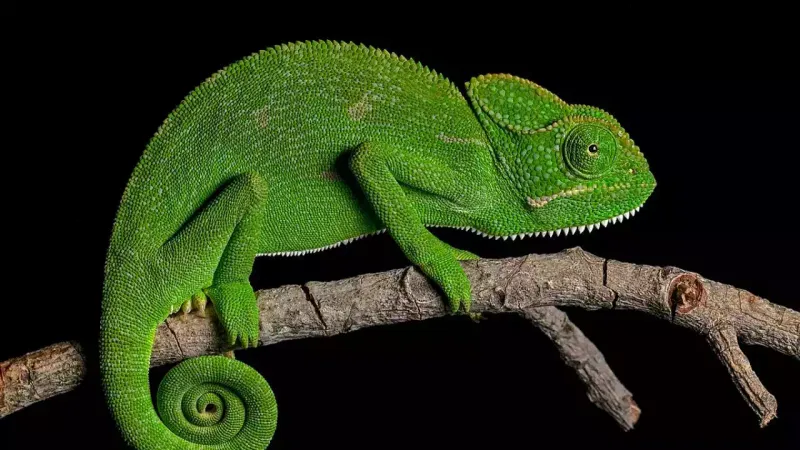
Chameleons are cool reptiles famous for their color-changing abilities and short lifespans, with some species only living 1-2 years.
Found in tropical and subtropical areas, they use camouflage to hunt and hide from predators. Their lives are influenced by factors like temperature and food, with threats like habitat loss and predation shortening their time in the wild.
Despite these challenges, their unique eyes and prehensile tails help them thrive. While they make popular pets, chameleons require special care due to their specific habitat needs and short life expectancy.
6. Gastrotrich
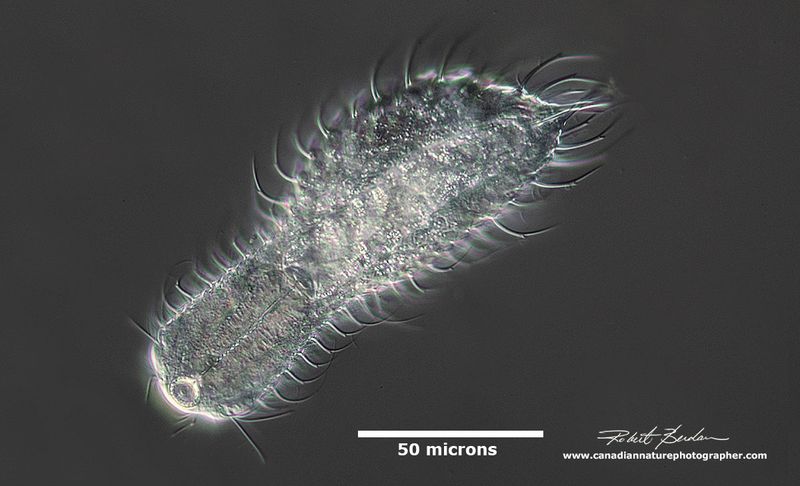
Gastrotrichs are tiny, microscopic aquatic creatures with a lifespan of only about three days.
Found in both fresh and saltwater, they are vital to the micro-ecosystem, despite their size—often less than a millimeter long.
These creatures reproduce quickly as hermaphrodites, allowing them to self-fertilize and proliferate rapidly. Their efficient life cycle focuses on fast growth and reproduction, ensuring their presence in suitable environments.
Even though they’re almost invisible, gastrotrichs play an important role in decomposition and nutrient recycling in aquatic ecosystems, making them key players in maintaining ecological balance.
7. Drone Ants
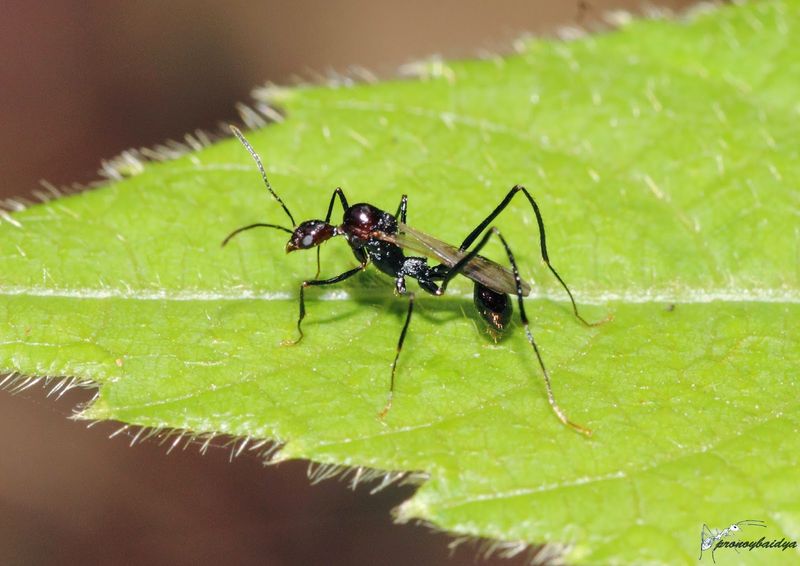
Drone ants live only a few weeks, with one purpose: to mate with a queen. Born from unfertilized eggs, they have wings for their crucial nuptial flights, which are key to the colony’s survival.
After mating, their life ends soon after, a harsh but necessary part of their role. Their brief existence contrasts with queen ants, who can live for years and continue reproducing.
The life of drone ants highlights the fascinating variety of survival strategies in nature and the specialized roles within ant colonies.
8. Octopus
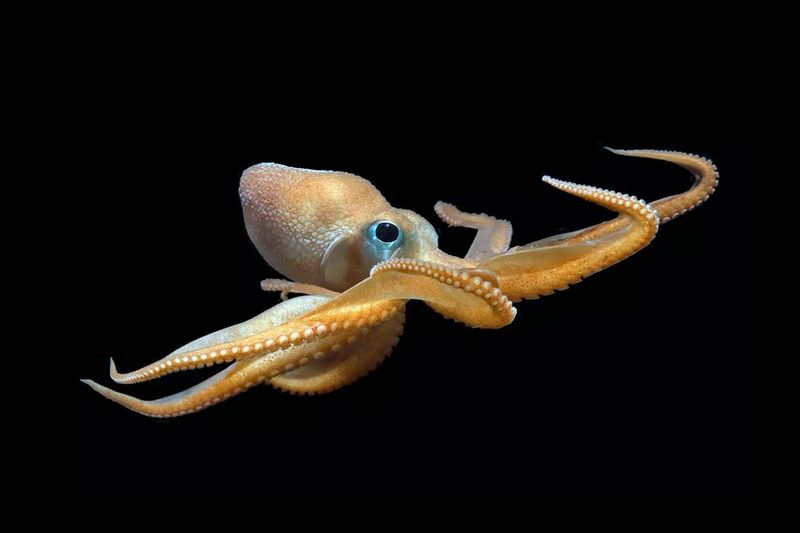
Octopuses are brilliant but short-lived creatures, with most species only living 1-2 years. Known for their problem-solving skills and unique features like eight arms and ink-squirting abilities, they’re truly fascinating.
After mating, females tend to their eggs, stop eating, and eventually die, showing the sacrifice that comes with reproduction.
These cephalopods are key players in marine ecosystems, adapting to various environments with ease. Their intelligence and life cycle make octopuses a hot topic for scientists and nature lovers alike!
9. Worker Honeybee
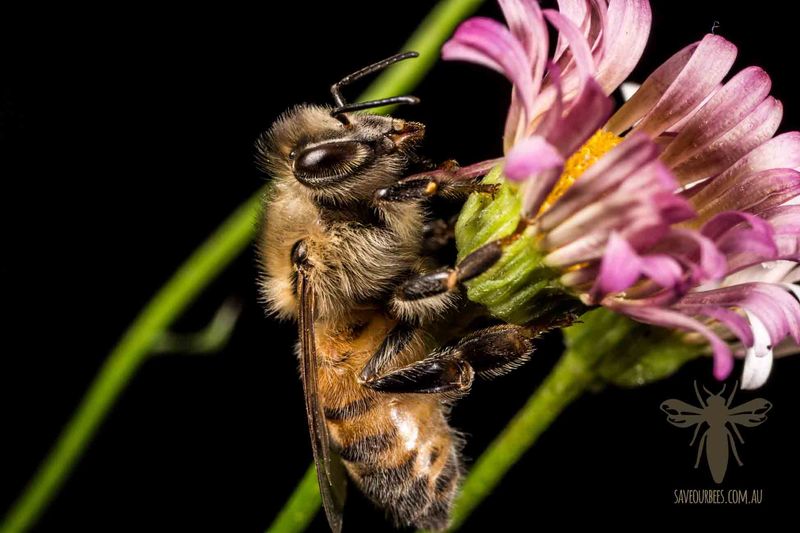
Worker honeybees have a short life of just 5-6 weeks during the busy summer months, but they work hard every day.
These bees are vital to the hive, gathering nectar, caring for the queen’s offspring, and keeping everything clean.
Their intense workload leads to their early demise, as they literally work themselves to death. Despite their brief lives, their role in pollination is crucial to ecosystems and agriculture.
Protecting these essential insects through conservation efforts is key to ensuring their survival and supporting food production.
10. Fruit Fly
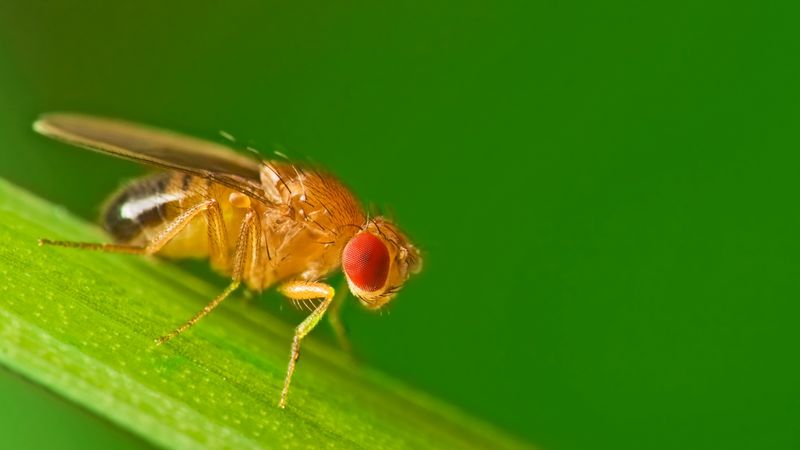
Drosophila, or fruit flies, live for only about 30 days but play a big role in scientific research.
These tiny insects thrive in environments with fermenting fruit, where they lay eggs that hatch into larvae, growing quickly before becoming adult flies.
Their rapid life cycle allows for multiple generations each year, making them perfect for genetic studies. In labs, fruit flies are key to understanding genetics, development, and disease.
While they can be pests in homes, their impact on advancing science is huge, helping scientists unravel fundamental biological processes.
11. Samoan Mosquito
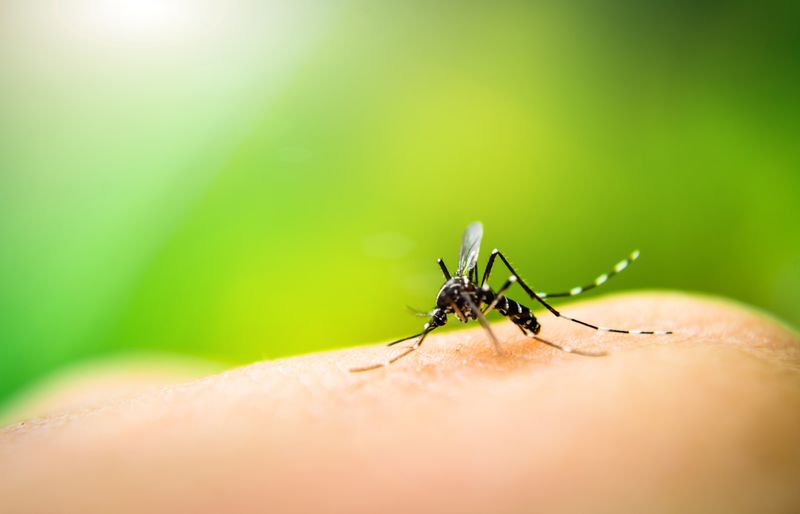
The Samoan mosquito, a tropical insect, lives for just around 10 days but plays a significant role in its ecosystem.
Found mainly in the Pacific islands’ moist climates, its life cycle is tightly linked to water availability. Despite its brief existence, it’s a major carrier of diseases like dengue fever, with females laying eggs shortly after maturing.
This rapid turnover makes controlling their populations tricky.
Efforts to reduce their numbers focus on eliminating standing water and using biological control agents, underscoring the importance of understanding insect life cycles and their impact on public health.
12. Housefly
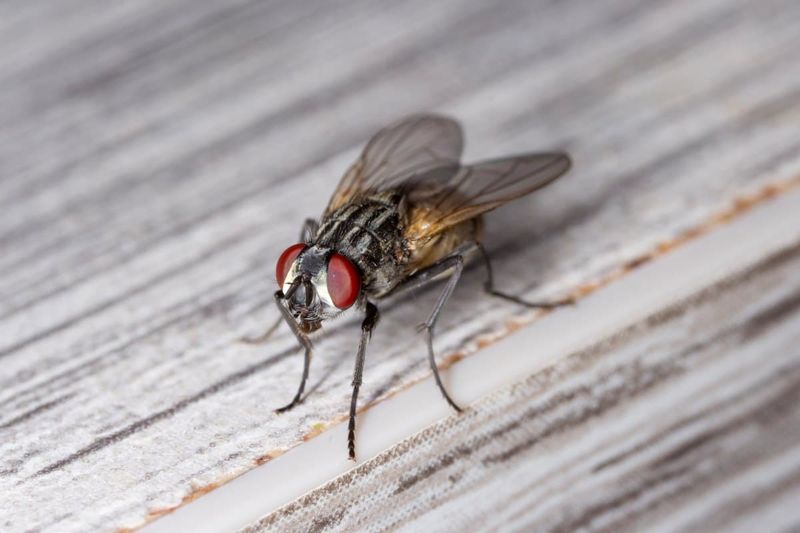
Houseflies have a short lifespan of about 28 days but make up for it with rapid reproduction, producing hundreds of offspring in that time.
While often seen as pests for spreading diseases, they also play a role in ecosystems by helping break down organic material.
Their larvae, or maggots, are excellent decomposers, contributing to nutrient cycling. Thriving in both urban and rural environments, houseflies have adapted well to living with humans.
However, their quick development of insecticide resistance makes controlling their populations a challenge. Understanding their life cycle is key to managing the risks they pose.




